
by Julia Yarkoni | 27 Mar 2025 | Health and Wellness, Media Literacy, University of Toronto Journalism Fellows
We know that consuming a lot of sugar is bad. But what can be wrong with sticking to carrots and celery? A salad bar. (Credit: Rudisill from Getty Images Signature) This article was produced exclusively for News Decoder’s global news service. It is through articles...
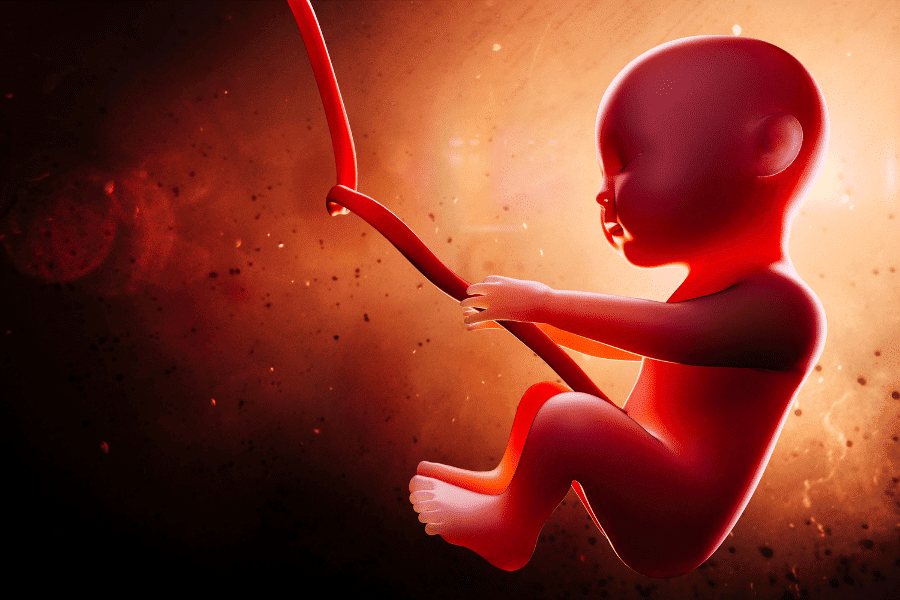
by Ferrukh Faruqui | 3 Feb 2025 | Economy, Health and Wellness, Human Rights, University of Toronto Journalism Fellows, Women
Some believe the business of surrogacy commodifies women. Does everyone have the right to a biological baby or does surrogacy violate the rights of the child? 3D image of a human fetus inside a womb. (Credit: digitalgenetics/Getty images) This article was produced...
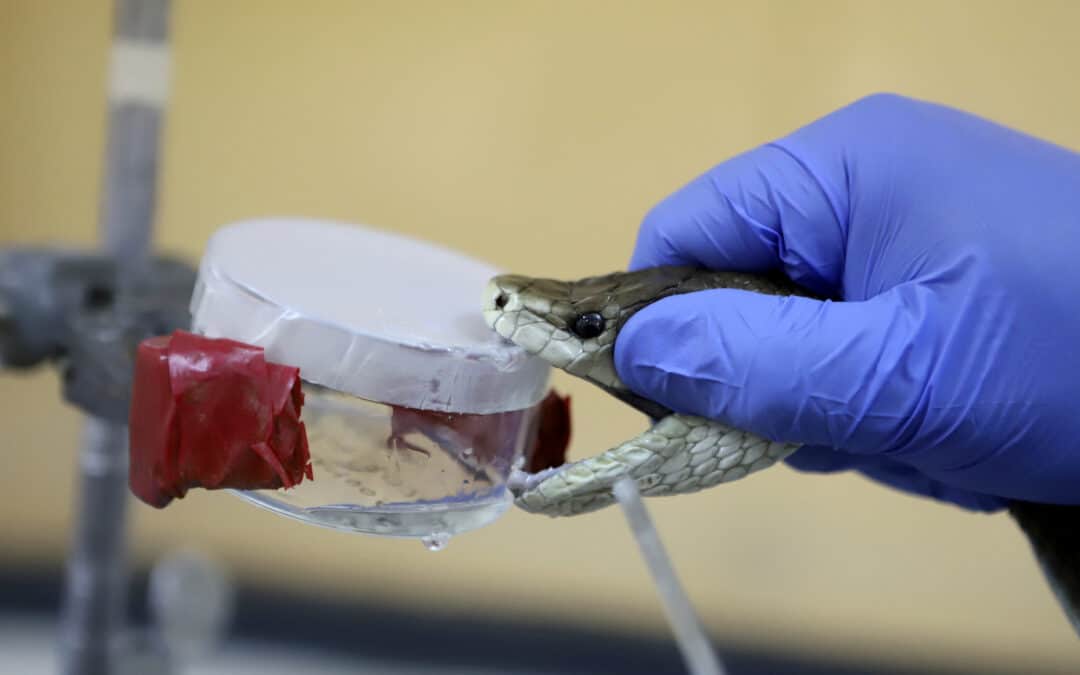
by Christianez Ratna Kiruba | 27 Jan 2025 | Environment, Health and Wellness, India, University of Toronto Journalism Fellows, World
Almost 60,000 die from snakebite each year in India, but only one facility is producing the venom needed to make the antivenom. A herpetologist milks the venom out of a snake at Kenya Snakebite Research and Intervention Centre (KSRIC) in Nairobi, Kenya, 5 April 2024....

by Ashley Perl | 15 Jan 2025 | Decoder Replay, Space, Technology, University of Toronto Journalism Fellows
Way up over our heads satellites and rocket parts orbit the Earth. Sometimes pieces of metal fall towards us. Most burn up in the atmosphere, but not all. A giant metal ring that fell from space onto a Kenyan village in December 2024. (Credit: Kenyan Space Agency)...
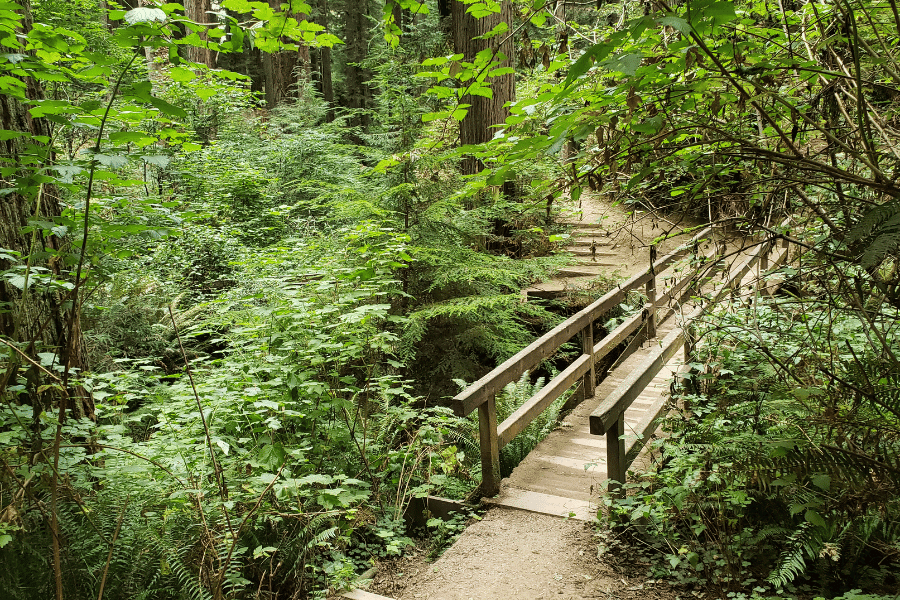
by Liana Hwang | 1 Jan 2025 | Decoder Replay, Health and Wellness, University of Toronto Journalism Fellows
The past year was so stressful, we all need to take a breather. Funny thing is, that’s just what the doctor has ordered. A path through a redwood forest in Northern California. Photo by Marcy Burstiner Editor’s note: Coming into 2025 made us think about...

by Julia Yarkoni | 17 Dec 2024 | Politics, Technology, University of Toronto Journalism Fellows
Some scientists are building a program that can do what your parents can’t. Get you all to stop arguing already. A computer mediator shows two bickering brothers wher they agree. (Illustration by News Decoder) This article was produced exclusively for News...
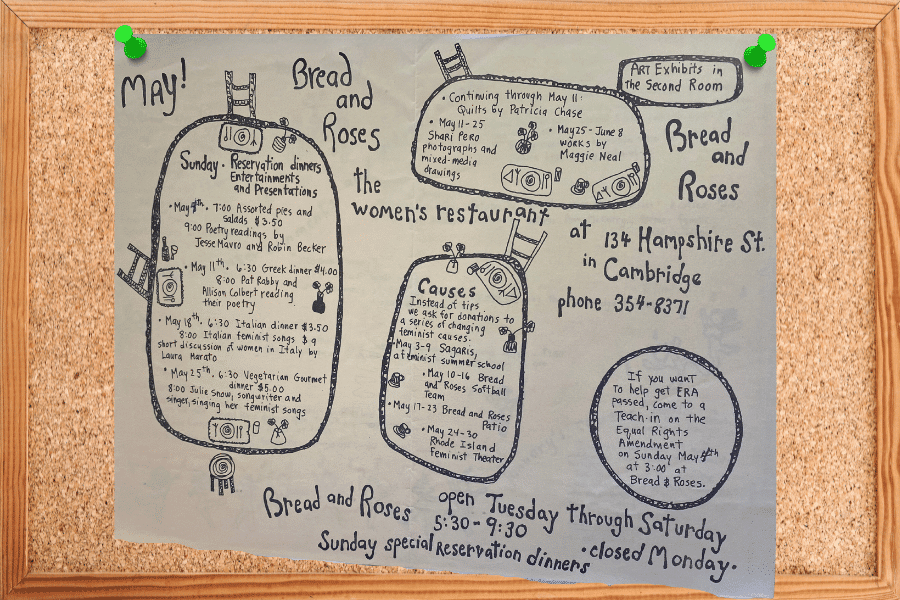
by Meera Raman | 9 Dec 2024 | Culture, History, United States, University of Toronto Journalism Fellows, Women
It wasn’t too long ago that a woman wouldn’t dine alone in the United States. Two women decided to change that by opening their own restaurant. A notice once on the wall of Bread and Roses now housed at the The Arthur and Elizabeth Schlesinger Library on...

by Christianez Ratna Kiruba | 28 Nov 2024 | Health and Wellness, India, Sports, University of Toronto Journalism Fellows
Weight lifting has all kinds of health benefits. But many woman in India find going to the gym takes an inner strength they didn’t think they had. Mirabai Chanu Saikhom of India competes during the women’s 49kg weightlifting event at the 2024 Summer...
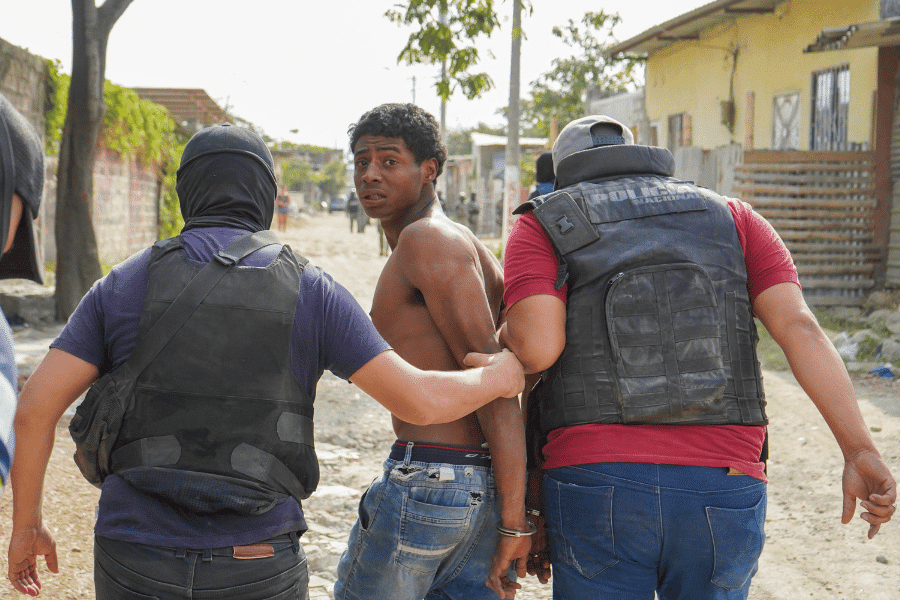
by Andersson Boscán | 14 Nov 2024 | Americas, University of Toronto Journalism Fellows
In a key stop in a global cocaine network, residents of Durán are trying to just live their lives in a place that has become the murder capital of the world. A handcuffed resident is led away during a military and police operation searching homes for weapons and drugs...
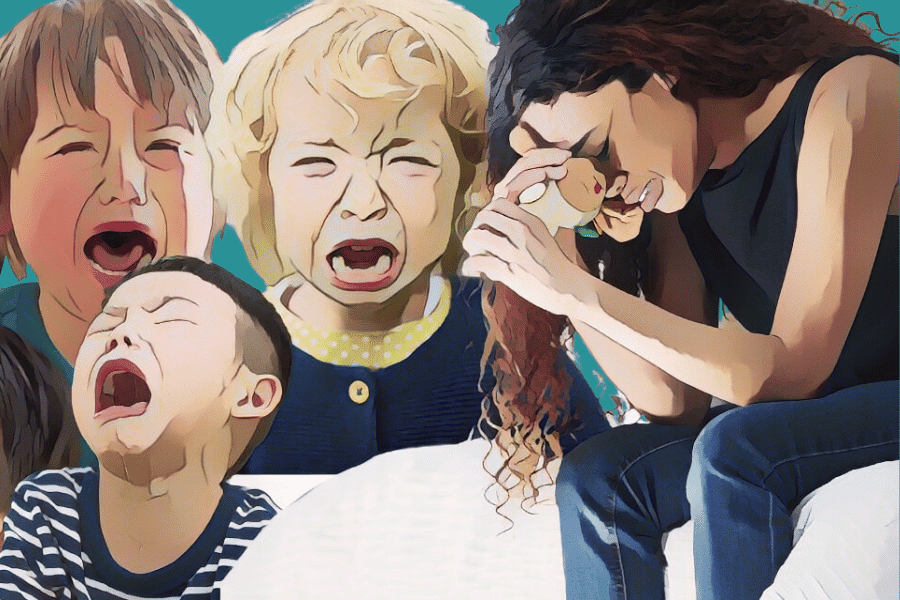
by Julia Yarkoni | 7 Nov 2024 | Health and Wellness, University of Toronto Journalism Fellows
High rates of parental stress are cropping up all over the world. For many, child-rearing isn’t fun and games. Illustration of a woman surrounded by crying children. (Illustration by News Decoder) This article was produced exclusively for News Decoder’s global...










